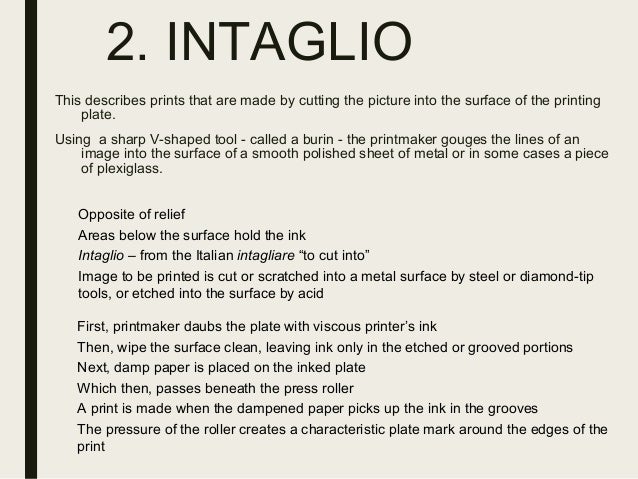

Color prints were also used later in the Ming Dynasty. Michael Sullivan writes that "the earliest color printing known in China, and indeed in the whole world, is a two-color frontispiece to a Buddhist sutra scroll, dated 1346". There are 1903 color prints and you will understand how much amazing the quality of printing that day. I am most interested in four colour and I thank Mustafa for bringing this thread.īob, I will write an article with samples from my 200 000 pages Imperial and Soviet Archaeology journals collection. There must be some here amongst us who have a background of ink printing and may have some answers. Second question as I have no history learned of the intaglio or photo gravure process, when did this process start using colours? and how long do these prints last? Therefore my question which one has the possibility to last longer? The pigment load in my laymans mind is very high, then I think of the inkjet prints that I also do by shooting ink through a nozzel, and from my understanding the pigment load is much smaller to get through the nozzels. In both cases the ink I am referring to is of the most light fast available. Second method which I have not done YET is the recessed surface where the ink goes into the recess and the top is wiped off then with pressure the ink is transferred to the paper. One method which I have done is the raised surface where each colour and black is rolled on to the raised surface, the ink is mixed just before printing and plate is prepared then with pressure each layer is put down. I am speaking of two possible ways, both using polymer plates which have the potential of raised surface or recessed surface.

An inkjet print, regardless of the type, is something made by a machine. It doesn't matter how much ink, as w/ all hand made prints the viscosity of the ink, the paper it's printed on, and the style of the printer are all the things which will determine how the final print looks. The ink is not measured, it's glopped out of the can w/ your hand and pushed into the lines. A dry point will produce an etched line w/ raged edges that will hold ink in a very different manner than an etching.Īs the plates are wiped clean w/ the palm of the hand for a LONG time before printing, leaving the ink only in the etched lines, it's impossible to know how much ink is in there. Each technique produces etched lines of different thicknesses, and types, or quality. Or it could be lines etched by hand such as a dry point, mezzotint, engraving, etc. I think it's impossible to tell, since intaglio is a broad term that might mean lines that are etched by acid, such as an Aquatint, hard ground, sugar lift, etc.


 0 kommentar(er)
0 kommentar(er)
